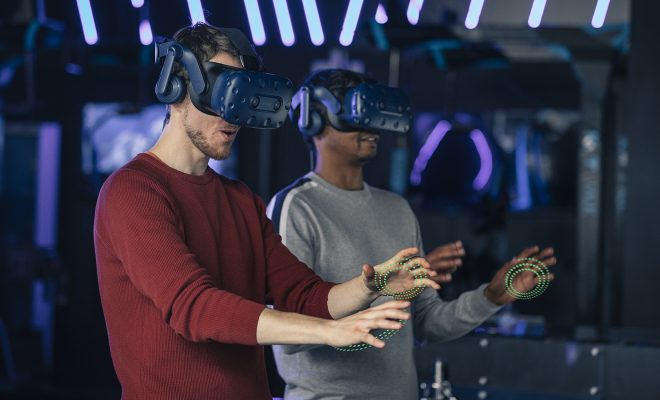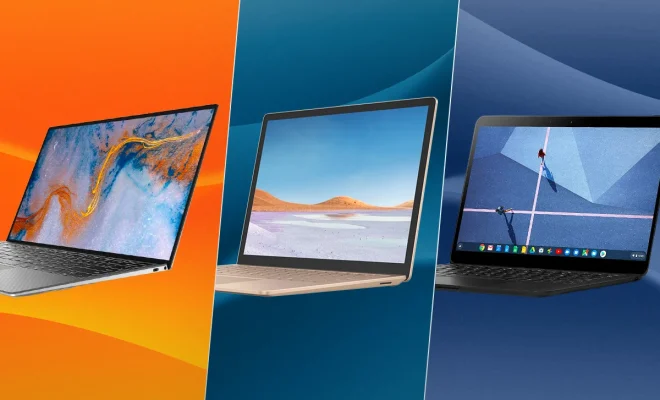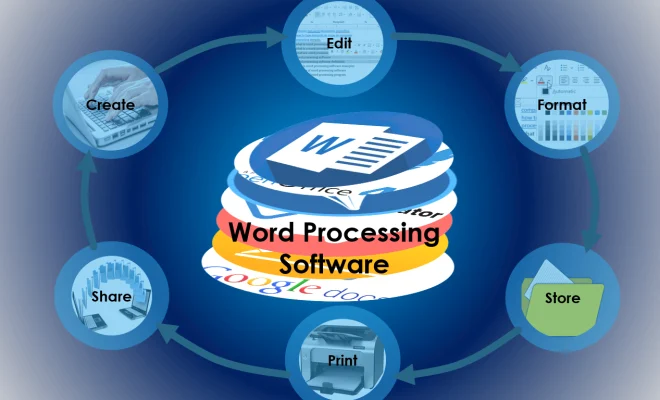What Are Haptics and How Do They Work?

Haptics are a fascinating field of technology that can revolutionize the way we interact with electronic devices. Essentially, haptics are systems for providing tactile feedback to the user, making it feel like they’re physically interacting with an interface in real life. For example, when you touch a button on your phone or game controller and feel a subtle vibration, that’s haptic feedback in action. But how do haptics work, and what are their advantages?
At a basic level, haptics rely on tiny motors or piezoelectric actuators that produce small vibrations or movements. These vibrations can take many different forms, depending on the haptic system’s design and the desired effect. For example, piezoelectric actuators can produce high-frequency vibrations that feel like buzzing, while eccentric rotating mass (ERM) motors can create a stronger, more forceful vibration. Haptic actuators can even mimic the sensation of texture, using different combinations of vibration frequency, amplitude, and duration.
But haptics are about more than just creating physical sensations. They can also provide valuable feedback to the user about their interactions with electronic devices. For example, haptic feedback can help gamers feel more immersed in a virtual world, by simulating the sensation of weapon recoil or vehicle movement. Haptics can also aid in accessibility for those with visual or auditory impairments, as tactile feedback can help them navigate interfaces more easily.
Of course, haptics aren’t without their limitations. Most haptic systems are relatively low-power, and can’t create sensations that are as complex or nuanced as those found in the real world. Additionally, haptic feedback is often seen as an “extra” feature, and not all devices support it. However, as haptic technology improves and becomes more widespread, these limitations are likely to be overcome.
Overall, haptics are an exciting and rapidly growing field of technology. With their ability to provide tactile feedback and enhance user interactions with electronic devices, haptics have the potential to transform the way we interact with technology in the years to come.





